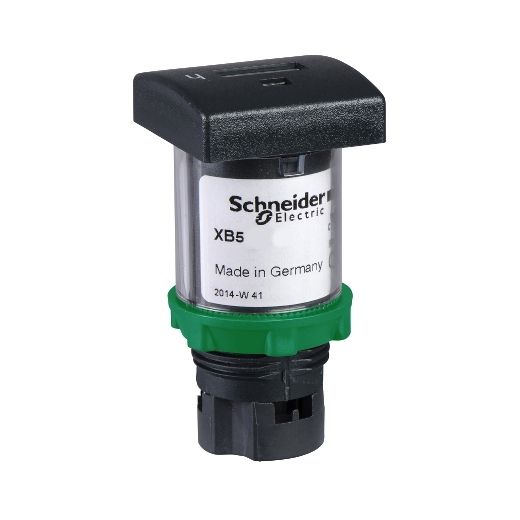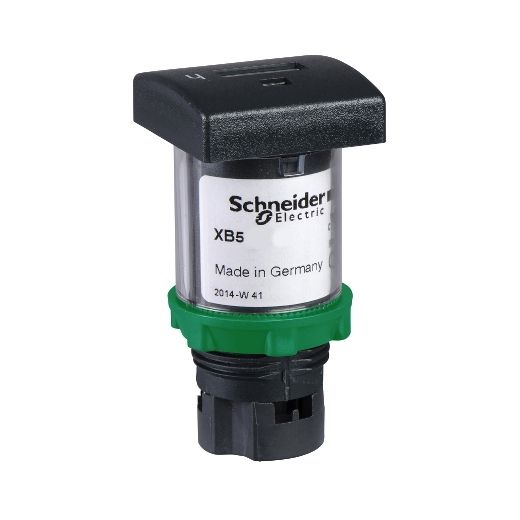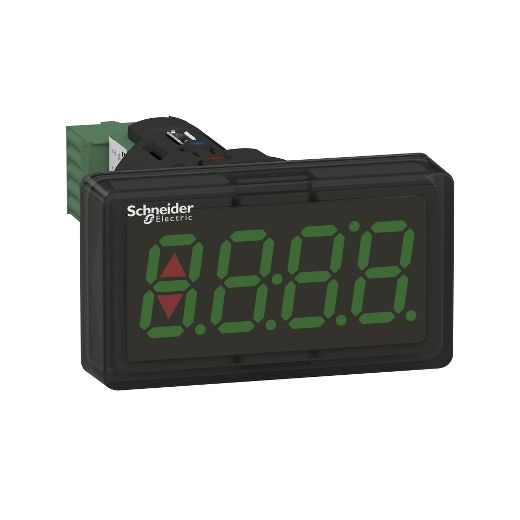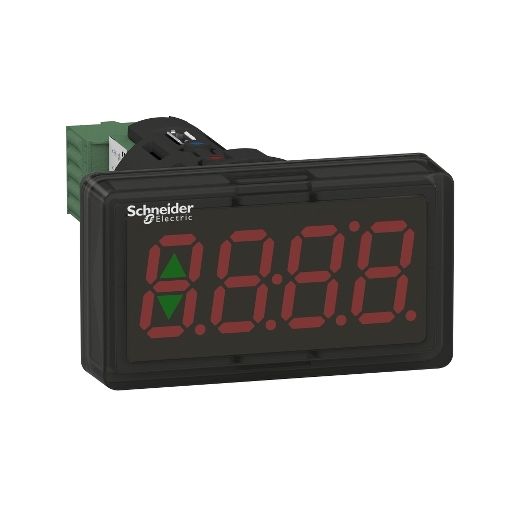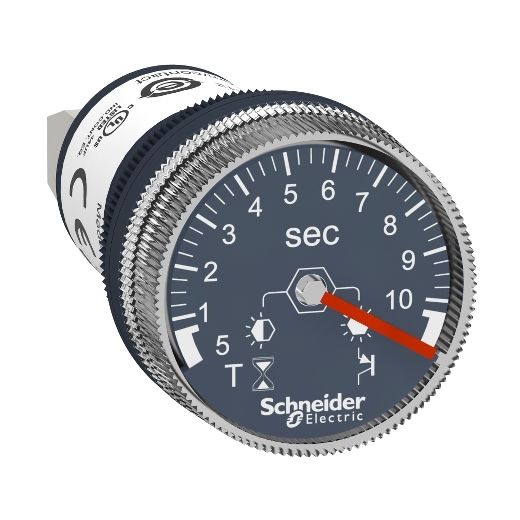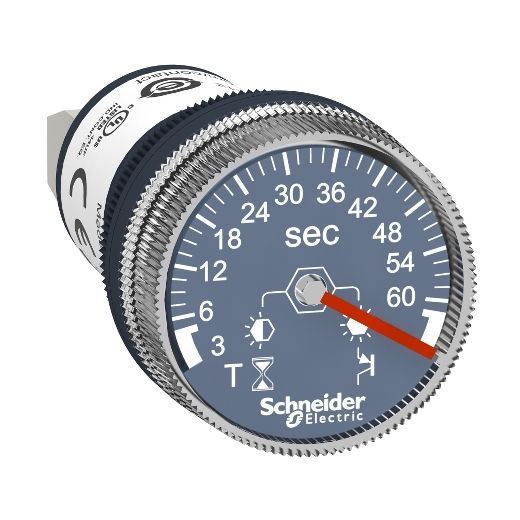Counter and Display
Electronic counters are essential components in various industrial and automation processes. They are used to monitor, control, and record events or operations based on electrical pulses or contacts. These counters can be broadly categorized into several types, each serving a specific function. Here’s a breakdown of the types of electronic counters and their purposes:
1. Totalisers
Totalisers, or totalizing counters, accumulate counts over a period to display a total number of events or operations. They are used for counting objects, cycles, or events in a process.
Features:
- Cumulative Counting: Records and displays the total count of pulses or events.
- Reset Function: Includes a reset option to start a new count cycle.
- Digital or Analog: Available in both digital displays and analog formats.
2. Preselection Counters
Preselection counters allow users to set a predetermined number of counts. When the counter reaches this preset value, it triggers a specific action, such as stopping a machine or activating an alarm.
Features:
- Preset Value: Users can set a specific count value to trigger an event.
- Control Outputs: Activates control outputs when the preset count is reached.
- Adjustable Settings: Parameters like count speed, direction (up/down), and output duration can be adjusted.
3. Hour Counters
Hour counters, or hour meters, track the total operating time of machinery and equipment. They are essential for maintenance schedules, helping ensure equipment is serviced at regular intervals.
Features:
- Accurate Time Tracking: Measures and records the total run time of equipment.
- Non-Resettable: Often non-resettable to prevent tampering with maintenance records.
- Durable Design: Built to withstand industrial environments.
4. Event Recorders
Event recorders log occurrences of specific events or actions triggered by electrical pulses or contacts. They are crucial for quality control, troubleshooting, and process optimization.
Features:
- Event Logging: Records the time and nature of each event.
- Memory Storage: Stores data for later analysis and reporting.
- Connectivity: Can often connect to other systems for integrated data analysis.
Application Examples
- Manufacturing: Monitoring production lines, counting units produced, and tracking machine run times.
- Automation: Controlling machinery based on preselected counts, triggering actions in automated processes.
- Maintenance: Scheduling preventative maintenance based on hour counters to reduce downtime.
- Quality Control: Recording events and operational data to ensure consistent product quality.
Conclusion
Electronic counters play a crucial role in automation and control systems by providing precise measurement, monitoring, and control of various processes. Understanding the different types of counters and their specific applications can help in selecting the right device for your needs, ensuring efficient and reliable operation in industrial and automation environments.


